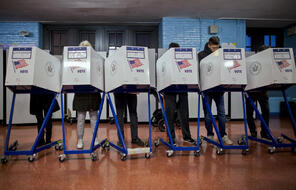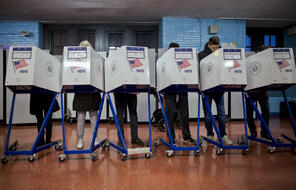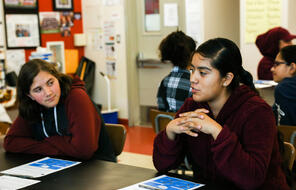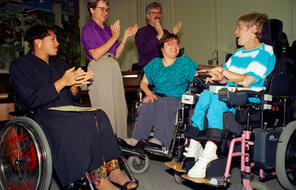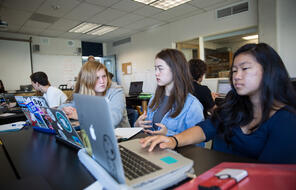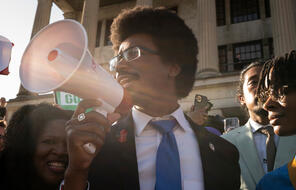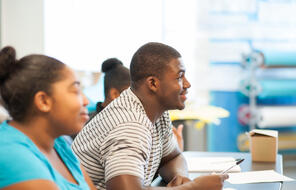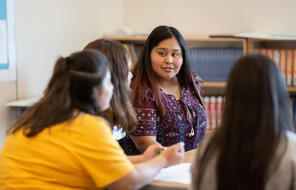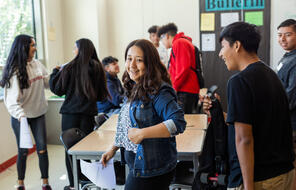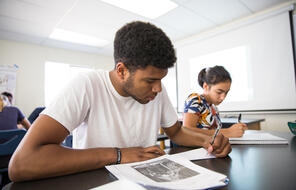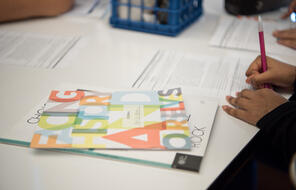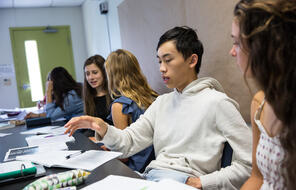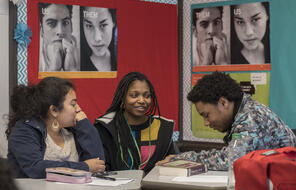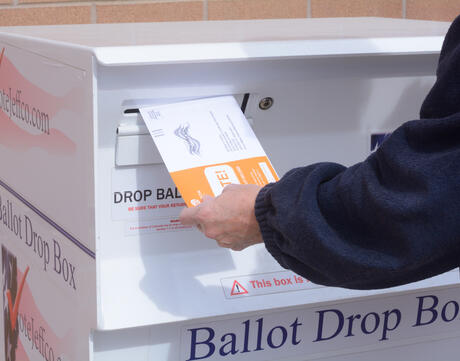
Free and Fair Elections: Why Do They Matter?
Subject
- Advisory
- English & Language Arts
- Social Studies
Grade
6–12Language
English — USPublished
Updated
Overview
About This Mini-Lesson
Elections are essential to democracy. They allow people to select their political leaders and then to hold them accountable. But organizing a free and fair election—which accurately measures the will of the people—is more complex than it might seem, as is managing a peaceful transfer of power after the election. In the past 100 years, only about half of the world’s countries have managed to transfer power peacefully to a new leader after holding an election. It is important to note that despite past and current challenges around voting rights in the United States, as well as false accusations of voter fraud, the country has successfully managed 12 peaceful transitions of power since the beginning of the twentieth century.
This mini-lesson uses our Free and Fair Elections explainer to help students reflect on the importance of elections; define the phrase “free and fair elections;” learn about the strengths and weaknesses of electoral systems in their region; and consider the actions that individuals, journalists, and politicians can take to strengthen democratic institutions. Each activity can be used on its own or taught in any combination best suited to your students.
Activities
Activities
Materials and Downloads
Additional Resources


